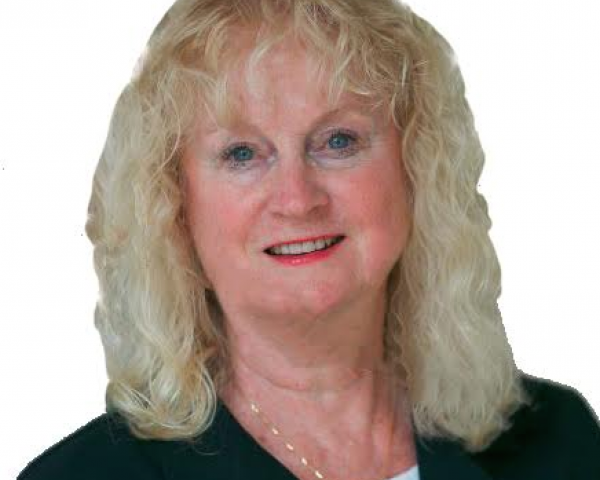Telematics technology can, among many other things, generate the first notice of loss from the actual impact dynamics.
Nobody can have too many BFFs (that’s best friends forever in today’s texting-driven vernacular). That statement goes double for claims adjusters who are frequently seen as “bad guys” because of all the difficult-to-understand complexities of the adjusting process. The reality is that claims adjusters do not get enough recognition for the many times they go the far distant extra mile to help a customer after an auto accident. Claims adjusters need all the tools they can possibly get to deliver customer service at the high levels they want to deliver. And telematics is here to the rescue!
Many insurers see telematics only as a new way to rate auto insurance coverages, perhaps even replacing traditional rating criteria as some InsurTech innovators are doing. Other insurers only see telematics as a new way to underwrite auto policies, replacing traditional and sometimes complicated criteria with usage-based facts. These are all real situations. But what most insurers do not yet see is that telematics can be a way to give claims adjusters a customer service tool that, incidentally, improves claims financial outcomes. And who doesn’t love a win-win!
See also: Telematics: Moving Out of the Dark Ages?
A new claims adjuster, right after getting a company ID badge and signing up for company benefits with HR, learns that the sooner the company is advised of a claim, the better the odds are the company can assure a successful outcome and control costs. That’s Claims Adjusting 101. Many insurers have addressed this by directing the first notice of loss from the consumer through a company contact center or service provider. More recently, companies have developed FNOL apps for mobile devices so that claims reporting can kick off shortly after paperwork is exchanged at the site of the accident. But, what if the FNOL could be generated as the accident happens? As a matter of fact, state-of-the-art telematics can actually do this.
Leading telematics technology can generate the FNOL from the actual impact dynamics. Appropriately implemented, this means that an emergency medical response could be automatically initiated if the impact details warrant it. In the event of a serious crash, this could make a critical difference in treatment outcomes. Towing services could also be initiated, getting the vehicle off the roadway sooner. Body shops and storage facilities could also be looped in as appropriate. Being the technology-enabled “first on the scene,” and providing much-needed assistance at a stressful time puts any claims adjuster on the fast track to BFF status. And, returning to Claims Adjusting 101, it helps with the positive management of claims costs.
The benefits of telematics in auto claims adjusting don’t stop there. Telematics can provide factual details that sometimes elude those involved in the event. When asked what happened, those involved in the accident very frequently respond with “it all happened so fast.” Telematics facts can replace post-loss perceptions of the event, thus helping the adjuster move the claim along faster. The telematics-defined dynamics of an accident can also aid in injury assessment, again, moving the claim process along.
There’s more. Vehicle repair can be an arduous process, particularly if the damage renders a vehicle unusable. Not having a car is clearly a source of frustration for most individuals. Simply getting all the assessment details can hinge on visual inspections, reports, and sending photos. Telematics can provide impact details and dynamics that can speed this process along, leap-frogging traditional claims processes to reunite vehicle and driver sooner. Another BFF moment!
In my role, I have spoken to a great number of claims executives. I have yet to meet any who did not see themselves and their organization as a key driver, if not the number one driver, of customer satisfaction. There are a good number of tools that claims organizations possess to deliver excellent customer service. And you can never have too many customer service capabilities (just as you can never have too many BFFs). Insurers should assess their existing or newly planned telematics initiatives and expand the opportunities for value and customer service beyond rating and underwriting to claims operations. Many technologies benefit one product line, or one discipline, or one process. It is, indeed, a top priority technology initiative that can span the organization at many levels, improving customer service and bottom-line results simultaneously. Telematics should be on the short list.
See also: Lessons From New Telematics Firm
For additional thoughts on how telematics can be a successful component of an anti-fraud strategy, please read our blog
Fraud is Not a Cost of Doing Business – And Emerging Tech is Here to Prove It!


